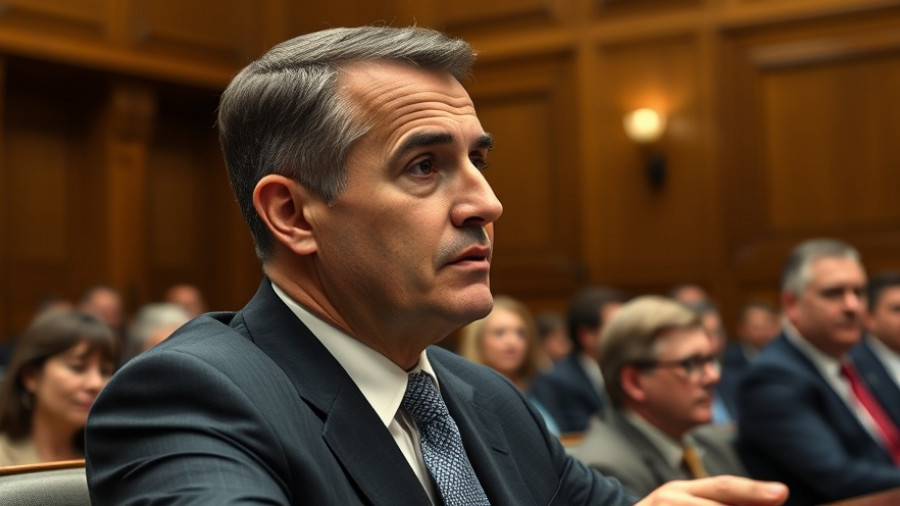
Understanding the New 1099-K Reporting Thresholds
In the ever-evolving landscape of tax regulations, the recent updates to the Form 1099-K reporting thresholds have created significant implications for many taxpayers. In July 2025, following the enactment of the One Big Beautiful Bill (OBBB), the IRS announced that the reporting threshold for Form 1099-K will revert to a minimum of $20,000 in payments alongside at least 200 transactions for the 2025 tax year and beyond. This is a pivotal shift, especially after years of fluctuating requirements that stirred confusion among gig workers and online sellers.
Why Were These Changes Necessary?
The adjustments to the 1099-K reporting requirements reflect a broader effort to reconcile how income is reported in a digital economy that frequently utilizes platforms such as PayPal, Venmo, and Cash App. Originally, the IRS aimed to significantly lower the thresholds to $600 with no transaction minimum to capture a greater number of transactions. This wave of changes was aimed at increasing compliance and revenue but faced backlash from small businesses and independent contractors who felt overwhelmed by stringent reporting obligations.
What This Means for Tax Filers
Understanding these new thresholds is crucial for anyone who utilizes third-party apps for transactions. Under the current guidelines, only those who exceed $20,000 in gross payments and have 200 or more transactions will receive the Form 1099-K. This form outlines the total money earned through these platforms, thus indicating what should be reported on tax returns. Consequently, for taxpayers who fall below this threshold, the administrative burden lessens significantly.
Confusion and Correction
The IRS's changing stance on the 1099-K requirements—initially set to lower reporting limits—has understandably led to anxiety among gig economy workers. However, the reversion to higher thresholds offers a temporary respite. It highlights the importance of staying informed on tax regulations and recognizing how legislative changes like the OBBB can impact day-to-day business operations.
The Importance of Compliance
In a time of economic uncertainty, ensuring compliance with national tax regulations is essential for all workers participating in the gig economy. Not only does it protect individuals from potential audits, but it also ensures that the tax system remains balanced for everyone involved. For small-business owners and freelancers, clarity on income reporting can be a game changer, allowing them to focus on growing their businesses rather than wrestling with complex tax codes.
As these regulations evolve, staying informed will empower taxpayers to navigate the changing landscape of tax obligations effectively.
 Add Row
Add Row  Add
Add 




Write A Comment